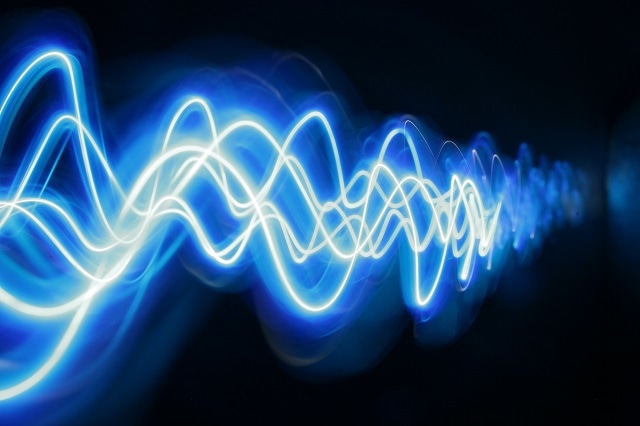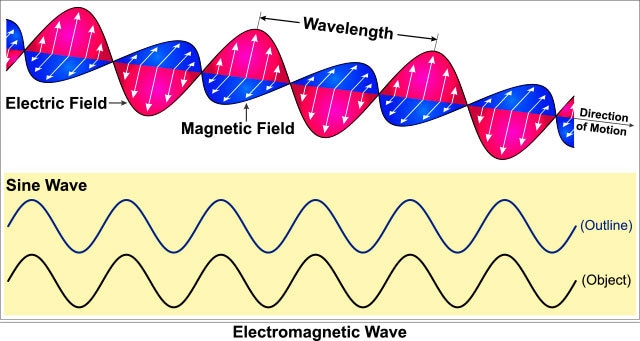
Image Credit: Menna/Shutterstock.com
During the late 17th century, scientists were embroiled in a debate about the fundamental nature of light – whether it was a particle or wave. Sir Isaac Newton was a strong advocate of the theory that light was made of particles known as “corpuscles”.
Newton attempted to disprove the theory that light was composed of waves, a concept which was first proposed by the French philosopher René Descartes in 1637. However, some important work carried out by Fresnel was about to change the way in which the scientific community thought about the nature of light.
Young’s Double Slit Experiment
In 1801, the English physicist Thomas Young conducted his famous ‘double slit’ experiment in which he attempted to measure the wavelength of light. Young set up his experiment so that a single beam of light from the sun entered a darkened room through a small pinhole in a window shutter.
This beam of light was then split into two by placing a piece of card in its path, resulting in the two light waves interfering with each other as they passed this boundary. An interference pattern was then created on a screen, which was placed behind, as a result of the two sources of light overlapping.
This pattern could only have been created if light was wave-like in its nature and from the parameters measured in his experiment, Young was able to determine the wavelength of light.
Fresnel’s Work on Light
The French physicist Augustin-Jean Fresnel, who was born in 1788, helped to formally establish the wave theory of light which Young’s double-slit experiment contributed towards. Fresnel wasn't aware of Young’s results at first, but his own experiments with an array of devices for producing diffraction and interference fringes produced the same results.
Fresnel made use of the Dutch scientist Christiaan Huygens’s mathematical principle in order to explain the results of the two experiments. The Huygens-Fresnel principle, as it was later known, says that every point on a wavefront can be considered a secondary source of spherical wavelets.
This model of light waves predicted a very interesting result. If a parallel beam of light shines on a small round object, a bright spot will appear at the center of a circular shadow. This spot is almost as bright as if the object was not there at all.
Fresnel's theory was confirmed by French physicist François Arago who later carried out this experiment. Fresnel discovered that light was a transverse wave instead of a longitudinal wave as had previously been thought, and he presented his results in 1817.
LightWave Theory
Light waves are electromagnetic waves comprised of oscillating electric and magnetic fields which oscillate perpendicular to each other and perpendicular to the direction of the wave is traveling in. Light waves are also transverse waves as they oscillate in the direction traverse to the direction of wave travel.

Image Credit: Fouad A. Saad/Shutterstock.com
Light waves are mathematically modeled as a sine waveform, with one period of the wave running from 0 to 360 degrees. The two main characteristics of light are wavelength and frequency.
The wavelength is defined as the distance between any two identical peaks on a continuous waveform and is measured in nanometres.
The frequency of a wave is defined as the number of peaks that pass a fixed point in one second and is measured in cycles per second or hertz.
The speed a wave is traveling at is calculated by multiplying its wavelength by its frequency and is measured in units of nanometres per second.
References and Further Reading
This article has been produced in association with the Pittcon Conference and Expo to celebrate the International Year of Light 2015.
For more information on how Pittcon are involved in IYL 2015, please visit www.pittcon.org